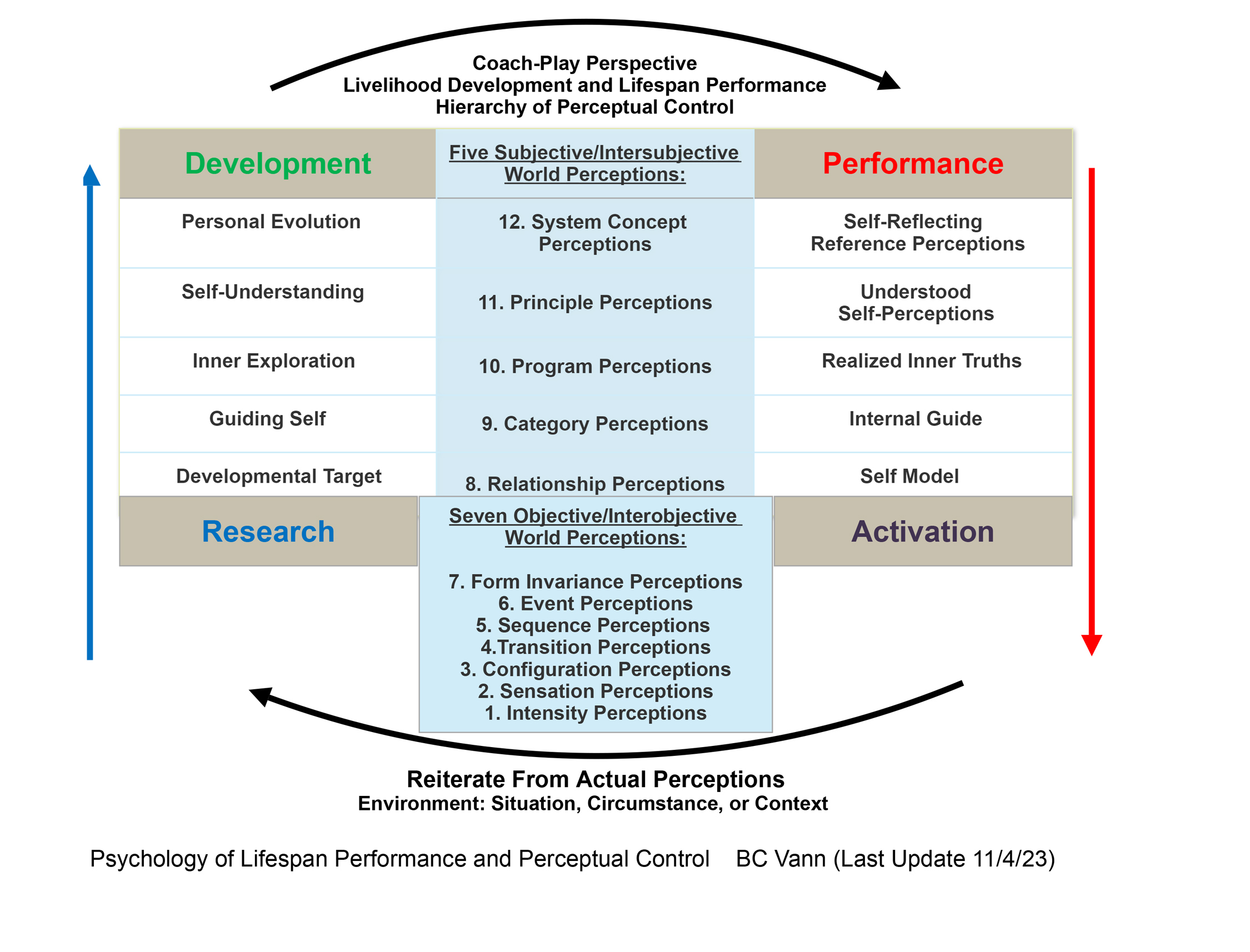As Your Resource For Self-Development
- The Optima Bowling Coach (2025)
Industrial Behaviorism
(Page Update 5/18/25)
Industrial Behaviorism marks the period when human performance was recast as measurable output. Developmental theory treated behavior as the sum of observable acts that could be timed, partitioned, and optimized, and from this, coaching shifted from tacit transmission to external measurement, substituting quantitative standards for a master’s intuitive judgment.
Historical Setting
The Industrial Revolution transformed production and schooling; steam power, interchangeable parts, and rail networks demanded consistent processes across dispersed sites. Frederick W. Taylor’s Principles of Scientific Management (1911) management innovation [https://managingresearchlibrary.org/glossary/management-innovation] codified the ethos: analyze every motion, select “one best way,” and reward workers for meeting it.
Education mirrored factories. Horace Mann’s common-school reforms introduced age-graded classrooms, standardized textbooks, and bell schedules. In sports, early biomechanics labs used high-speed cameras to dissect batting swings; stopwatch timing became a coaching staple. Across domains, efficiency reigned: faster cycles, reduced waste, and predictable output.
Coaching Expression
Industrial Behaviorism deployed four hallmark methods:
- Task Decomposition: Complex skills were broken into independent sub-steps. Assembly-line workers learned to tighten a single bolt; batters isolated stride, swing plane, and follow-through in separate drills.
- Time-and-Motion Measurement: Clipboards and stopwatches quantified each sub-step. Deviations triggered immediate correction. Performance graphs replaced the master’s glance.
- Standardized Protocols: Manuals specified exact hand positions, tool angles, and classroom recitation sequences. Variation implied waste; uniformity signaled mastery.
- Extrinsic Incentives: Piece-rate pay, merit badges, and classroom grades reinforced compliance. Coaches and teachers assumed motivation followed external rewards.

Development as Nested Perceptual Control
Industrial Behaviorism — PCT Lens: Organizations controlled output rate via external metrics; reference values were productivity quotas, leaving higher-order purpose implicit.
Plane Balance
The period magnified the material-sensory plane: precise motor execution validated by metrics. Relational-emotional factors were acknowledged mainly to prevent fatigue or dissent. Symbolic-causal concerns narrowed to productivity and national progress narratives.
PIE Integration Note
Purpose shifted from lineage honor to output goals: units per hour, test scores, and win-loss records. Integrity relied on instrument accuracy and protocol adherence; data supplanted intuition. Experience condensed into numeric feedback, accelerating short-term gains but risking motivational fragility once rewards ceased.
Carry-Forward Legacy
- Objective measurement remains indispensable modern sport still logs swing speed, launch angle, and split times.
- Instructional design uses backward mapping and learning objectives, direct descendants of task decomposition.
- Yet over-reliance on external metrics can compress curiosity, creativity, and self-regulation—a limitation addressed by later humanistic and cognitive eras.
Reflection Prompt
List three metrics you track in your work. For each, write one sentence on how it improves integrity and one on how it might restrict purpose or relational depth.
See Next: Humanistic Revolt
Back To: Embodied Apprenticeship